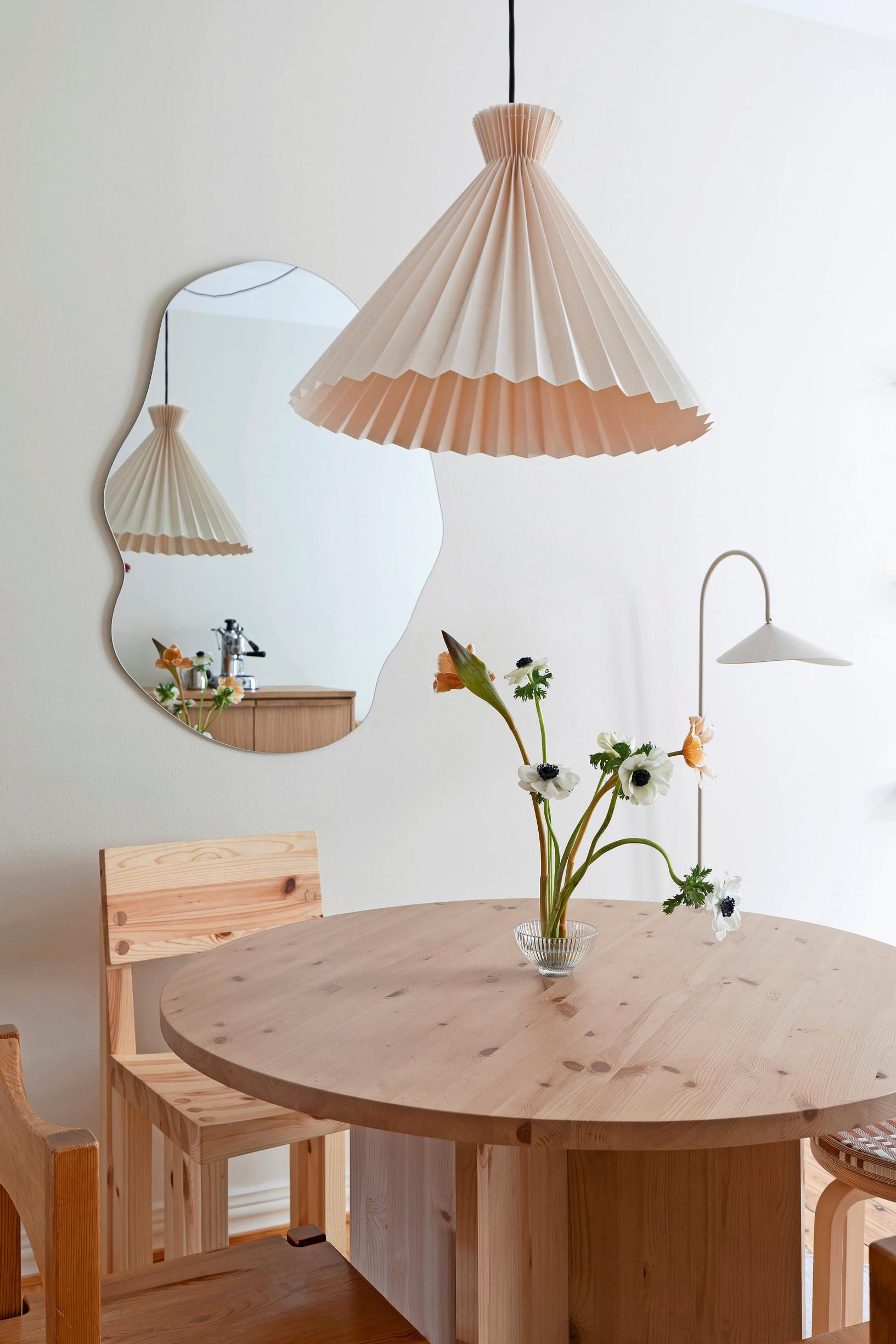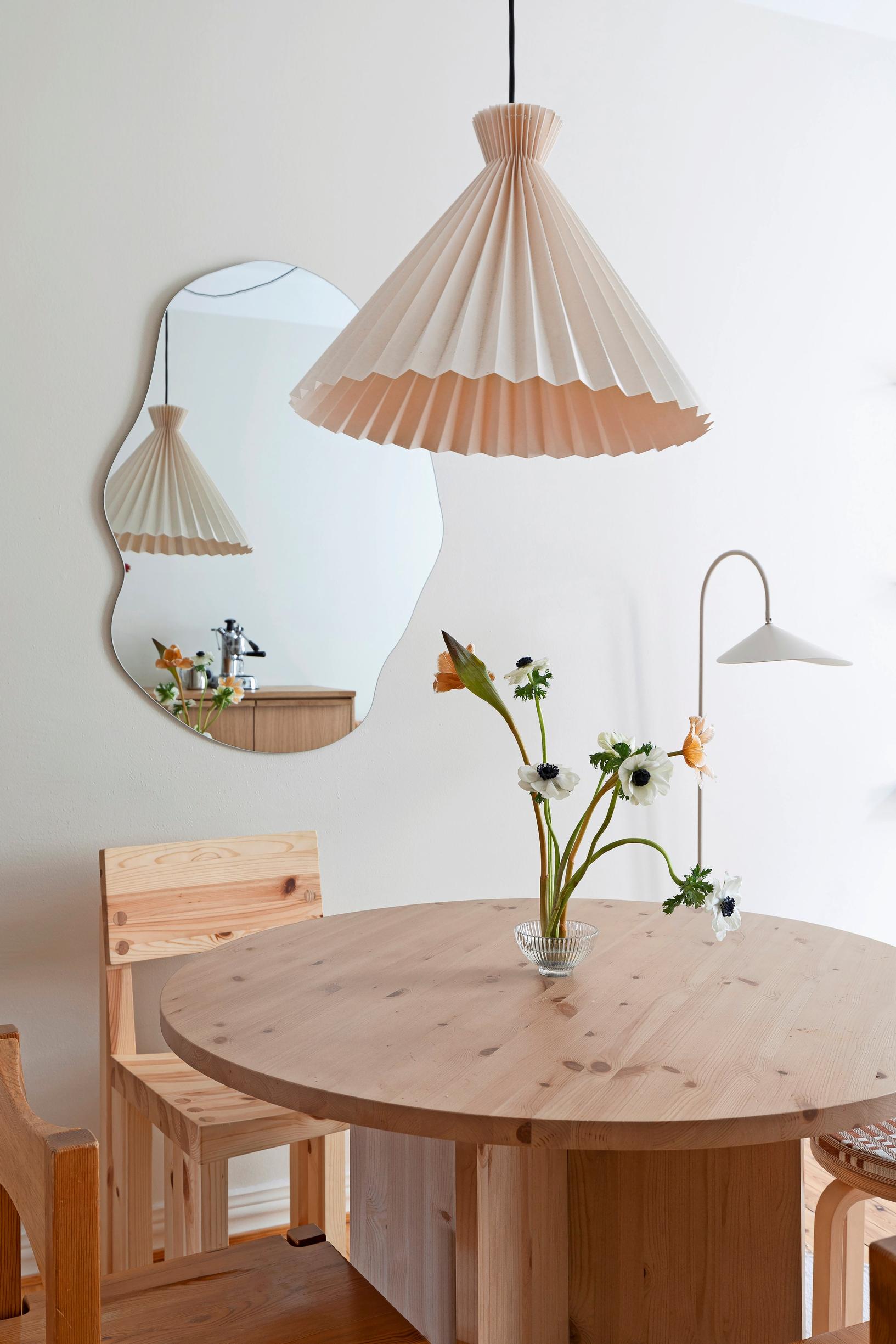
7 easy ways to brighten your dim home—no big renovation needed
Does your home feel dark or a bit dreary? With these ideas, a dim-looking space can quickly and affordably become more open and bright.
1. Let the light in
One simple yet often overlooked step is to wash your windows. Clean glass lets in more light than you might expect.
Curtains also make a big difference. Choose thin, translucent fabric and hang it so it covers only a few centimeters (about an inch) of the windowpane. The eye perceives the glass as extending behind the curtain, making the window seem larger than it really is. The more window surface is exposed, the brighter the space.
2. Remove obstacles
If your home feels dark, you may simply have too many items. Furniture, tall plants, and abundant textiles can block light and create unnecessary shadows. It’s especially important not to block the windows. Light needs space to flow.
Clearing the view and moving obstacles out of the way immediately makes the space feel more open and bright. Even a small adjustment, like relocating a large plant away from the window or swapping a dark rug for a lighter one, can have a big impact.
3. Paint with a light color
Light paint shades reflect light effectively. Muted tones, like a gentle gray or soft beige, enhance brightness while keeping a warm, cozy feel. If the ceiling is low, paint both the walls and ceiling in the same light shade. Blurring the boundaries adds height and openness.
4. Multiply the light
A mirror is a classic, effective way to add more light and create a sense of space. Place a large mirror across from the window to spread natural light. The bigger the mirror, the stronger the effect. Reflective surfaces like glass tables, metallic accents, and glossy floors also bounce light, giving the room an airy feel.
5. Choose the right light source
Focus on sufficient brightness, not just watts. The key figure is lumens (lm), which measures how much light the bulb produces: the higher the number, the brighter the bulb. For general lighting, aim for at least 800 lumens.
Check the kelvin (K) value too, which indicates color temperature. Around 2,700–3,000 kelvins creates a cozy, warm tone, while 4,000–5,000 kelvins is closer to daylight for a fresher feel. Avoid mixing different color temperatures in the same space.

6. Look to the wall
Indirect lighting softens and brightens a room. When light reflects off the walls or ceiling, it spreads evenly and lights up a wide area. Consider fixtures that cast light upward or onto the wall, or wall lamps that shine both up and down.
LED strips are an easy way to add indirect light by placing them on top of cabinets, behind shelves, or along a baseboard. Keep the strip out of sight, so you only see its glow.
7. Layer your lighting
A single ceiling fixture rarely illuminates the entire room evenly. Place lighting at different heights and around the space: floor lamps, table lamps, and wall lamps. When light comes from multiple directions, shadows decrease, and the room feels larger and brighter. Be sure to light up the corners, as dark corners can shrink a space.


